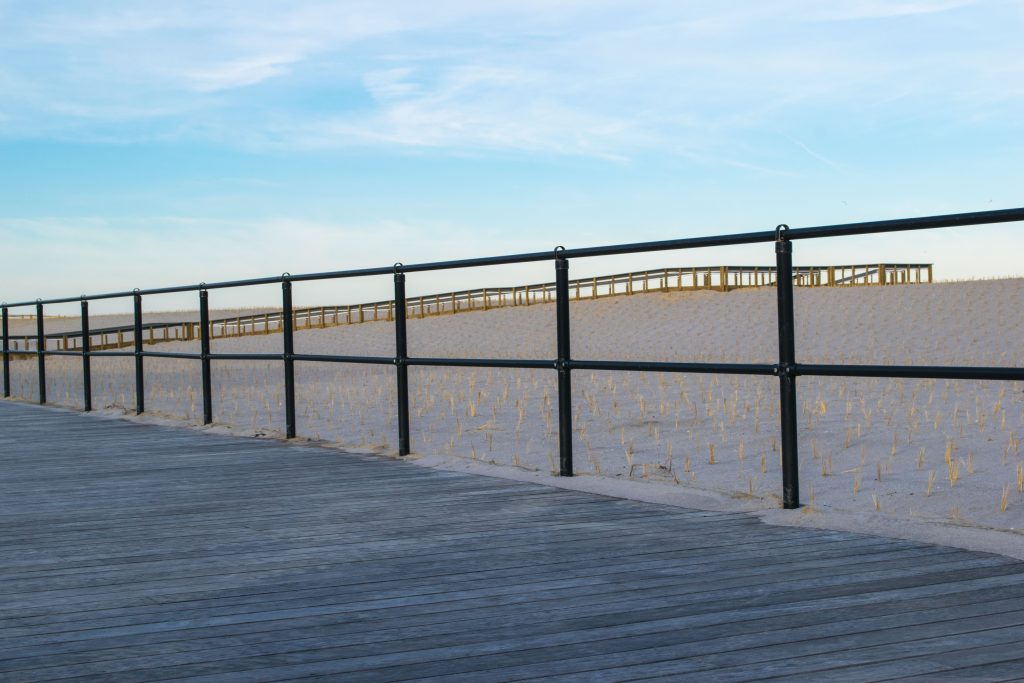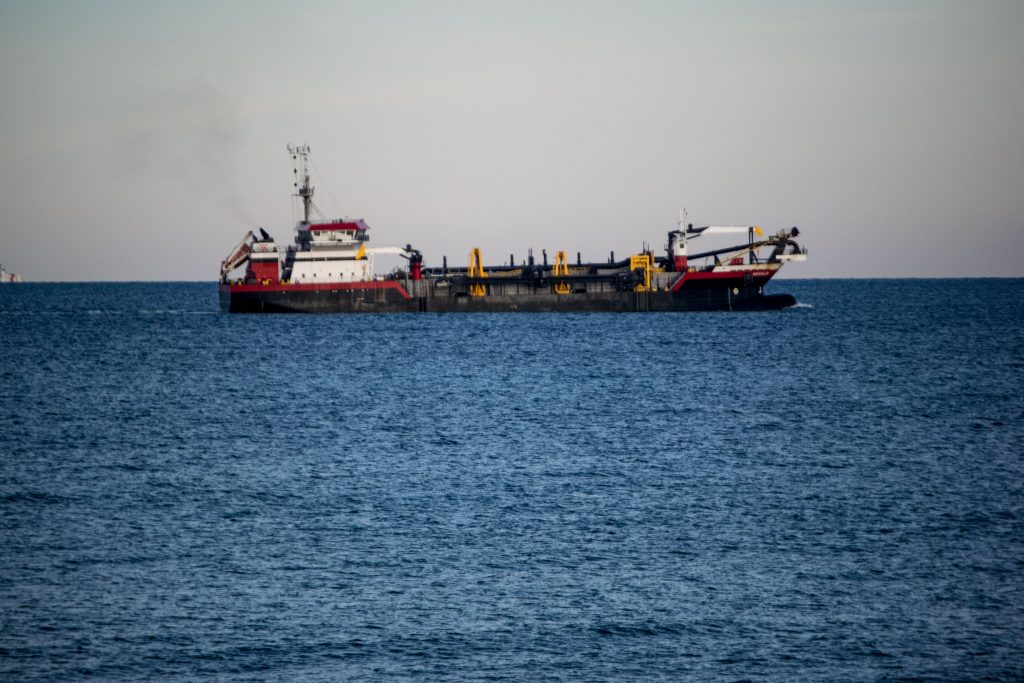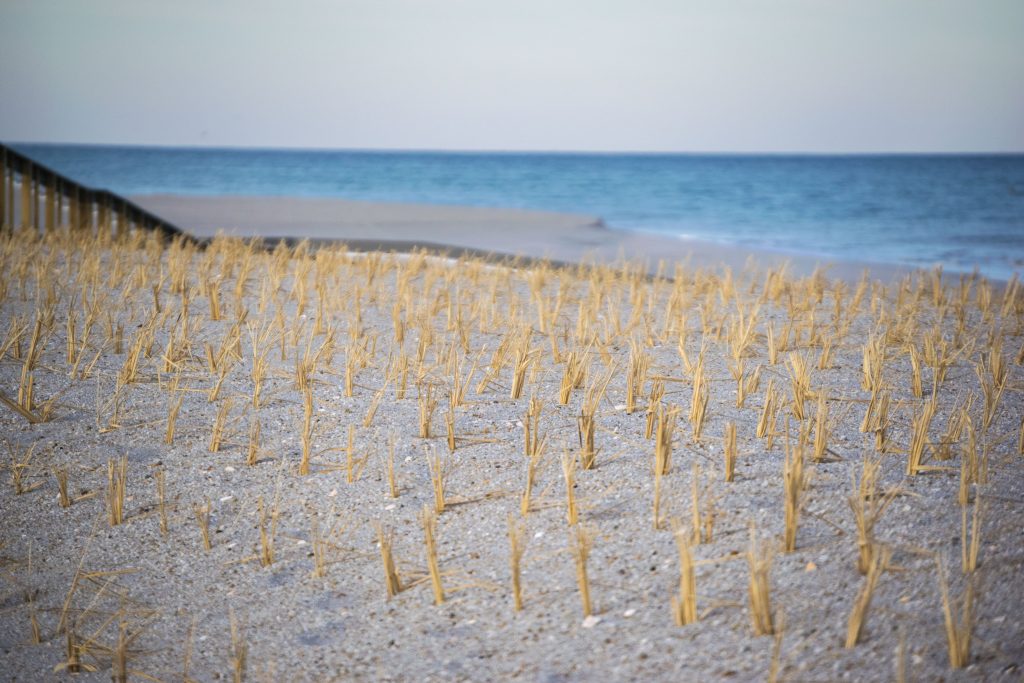
Dune grass plantings and progress on building access on replenished beaches island-wide, Feb. 2019. (Photo: Daniel Nee)
Without dune grass, it’s just not a dune – literally.
Dune grass is what converts a mound of sand to a marvel of nature that can hold back the sea. The root systems are so powerful that, while not indestructible, they form a barrier so powerful that it is exceedingly difficult for even the roughest storm surges to breach them. Since last week, crews ave been planting dune grass literally by the acre up and down the island – at least the portions where replenishment has been completed.
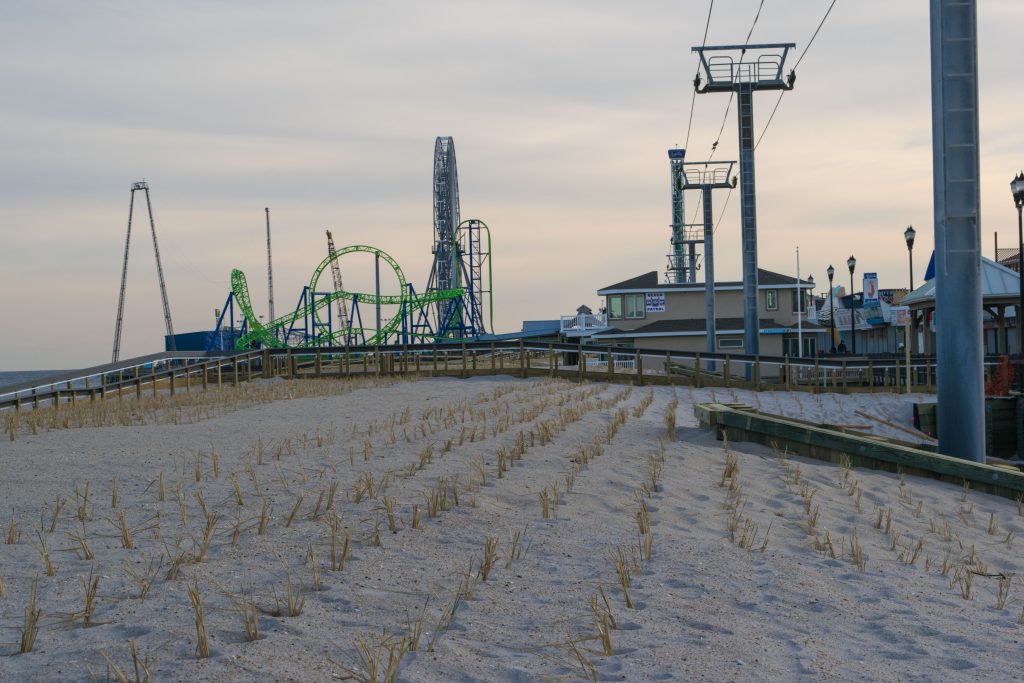
Dune grass plantings and progress on building access on replenished beaches island-wide, Feb. 2019. (Photo: Daniel Nee)
The dune grass seedlings seemed to spring up overnight in Ortley Beach, Brick Township, portions of Toms River, Seaside Heights and Seaside Park. More plantings are occurring every day. The work has produced a sight of relief among many island residents who are aware that American dune grass must be planted between fall and spring, with the optimal planting season ending in mid-March.

Dune grass plantings and progress on building access on replenished beaches island-wide, Feb. 2019. (Photo: Daniel Nee)
The plantings are completed at a rapid pace. A corkscrew-like adaptor is attached to a front loader or similar piece of heavy equipment, which pokes a hole in the sand and allows for a plant to be placed there. In other areas where dunes have been planted in the same manner – Long Beach Island, most notably – the plantings have been wildly successful. Lavallette officials have said Ocean County will continue its annual distribution of thousands of seedlings to each town every year even after the replenishment project is completed in order to keep the dune system growing strong. As many as three other species of plants may even find their way into the system to make it that much stronger.
Here are some more photos of the dune grass plantings and the work to build beach access ramps in various locations on the island.
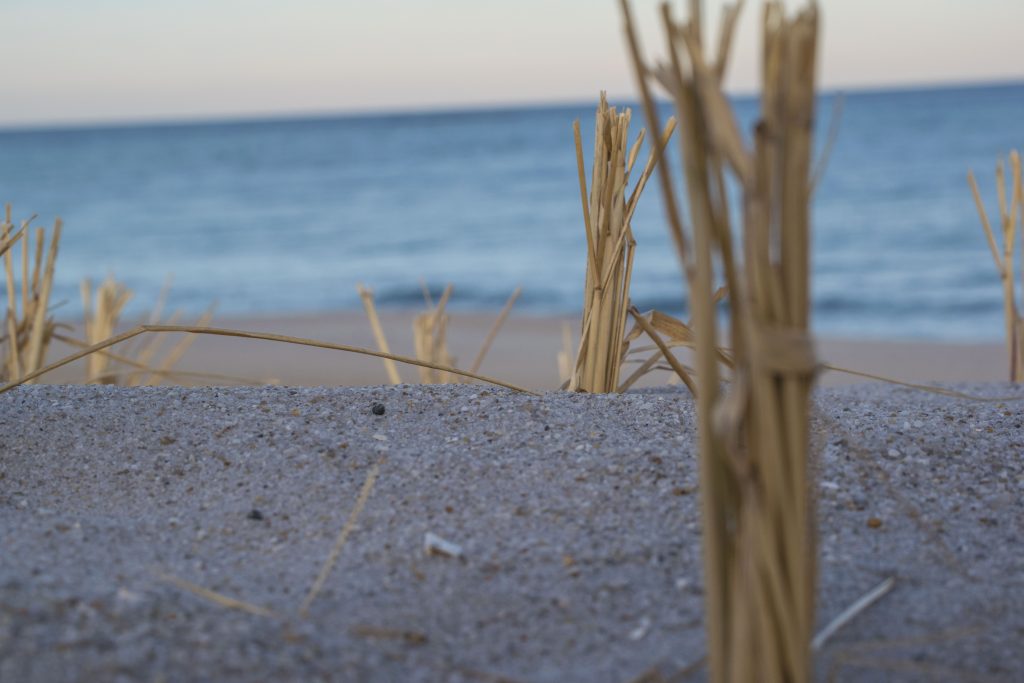
Dune grass plantings and progress on building access on replenished beaches island-wide, Feb. 2019. (Photo: Daniel Nee)
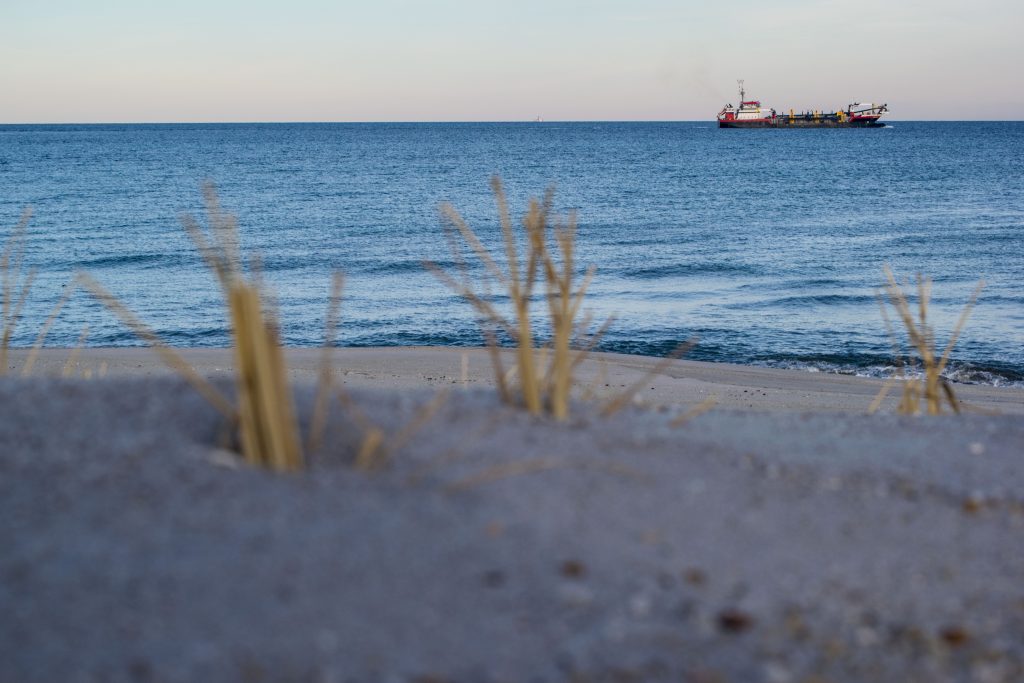
Dune grass plantings and progress on building access on replenished beaches island-wide, Feb. 2019. (Photo: Daniel Nee)

Dune grass plantings and progress on building access on replenished beaches island-wide, Feb. 2019. (Photo: Daniel Nee)
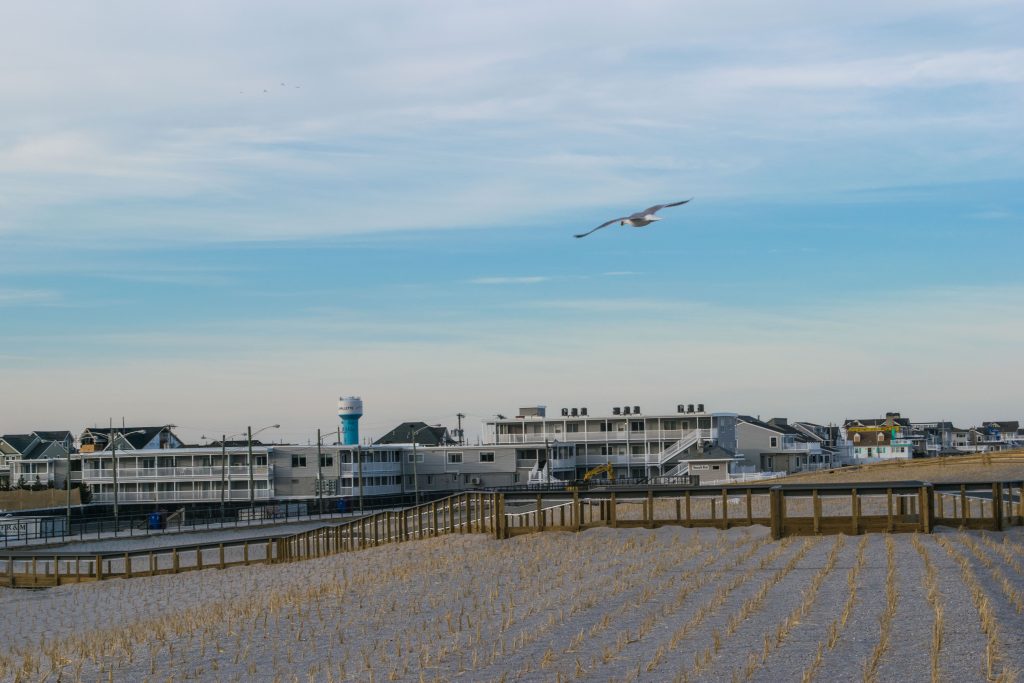
Dune grass plantings and progress on building access on replenished beaches island-wide, Feb. 2019. (Photo: Daniel Nee)
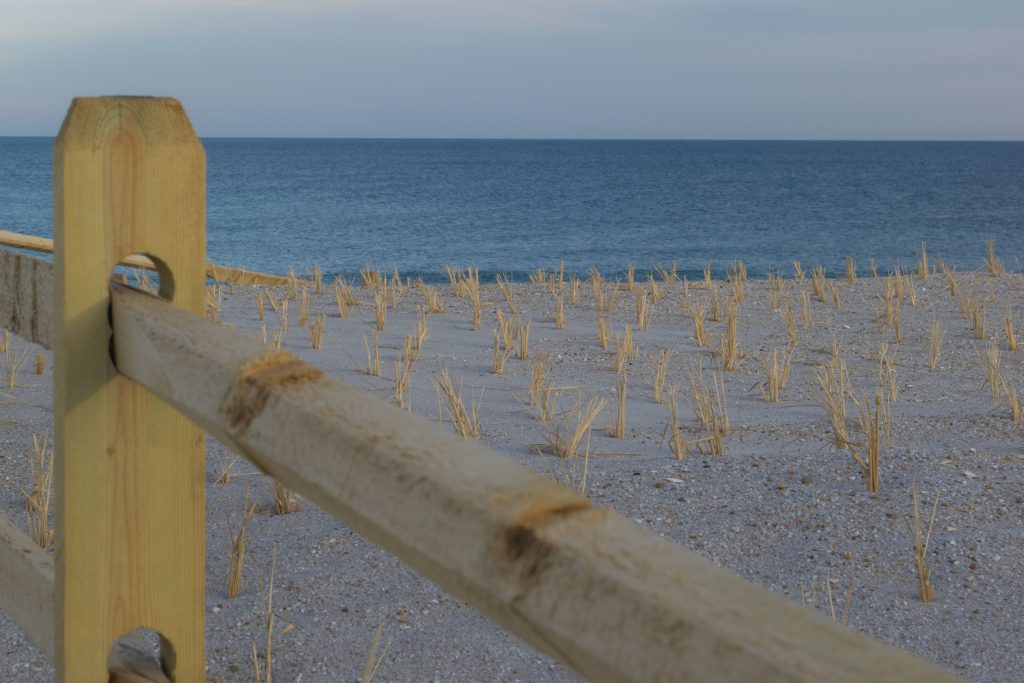
Dune grass plantings and progress on building access on replenished beaches island-wide, Feb. 2019. (Photo: Daniel Nee)
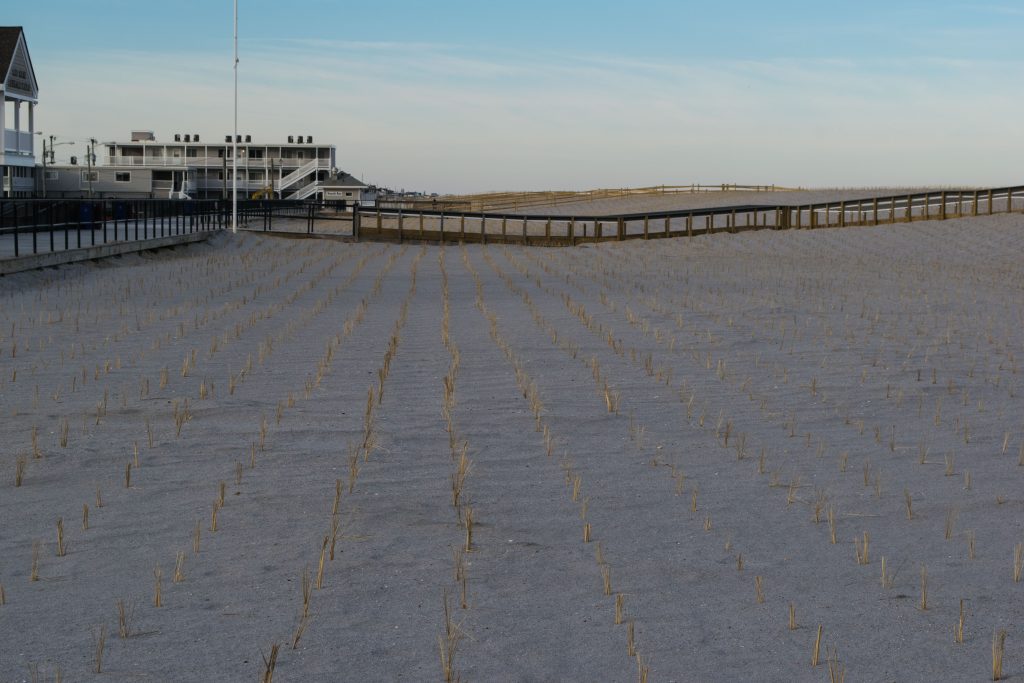
Dune grass plantings and progress on building access on replenished beaches island-wide, Feb. 2019. (Photo: Daniel Nee)
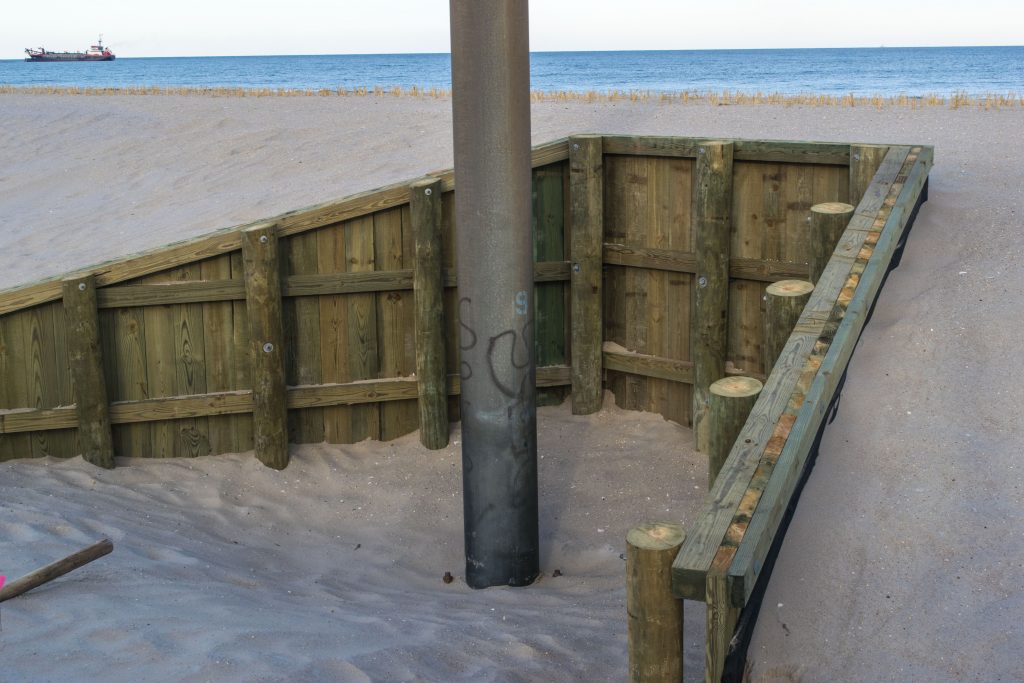
Dune grass plantings and progress on building access on replenished beaches island-wide, Feb. 2019. (Photo: Daniel Nee)
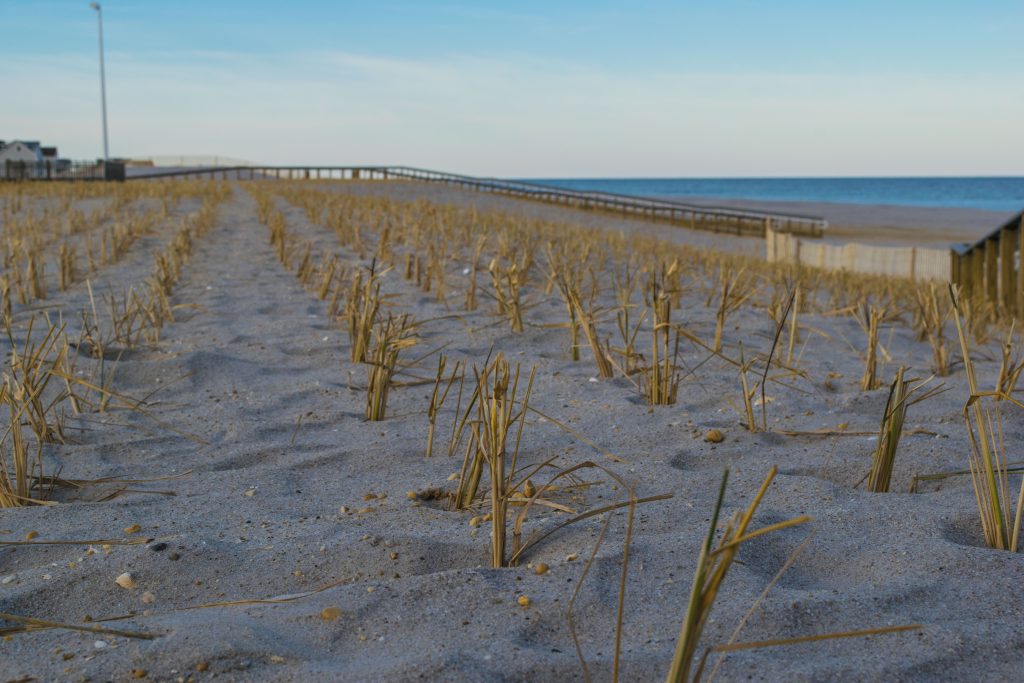
Dune grass plantings and progress on building access on replenished beaches island-wide, Feb. 2019. (Photo: Daniel Nee)
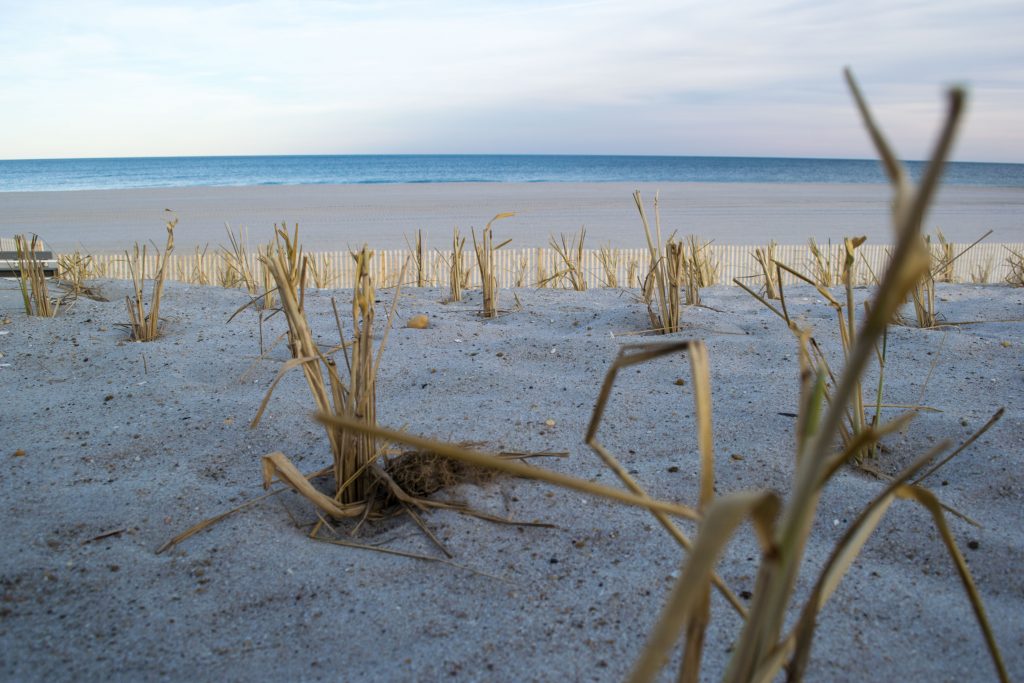
Dune grass plantings and progress on building access on replenished beaches island-wide, Feb. 2019. (Photo: Daniel Nee)

Advertisement

Ortley Beach & North Beaches
Landmark Ortley Beach Breakfast Spot Looks to Expand

Ortley Beach & North Beaches
‘Temporary’ 70-Foot Cell Tower on Route 35 in Ocean Beach OK’d to Return

Seaside Heights & Seaside Park
Beloved South Seaside Park Restaurant Will Remain Open As Developer Seeks to Demolish Block

Seaside Heights & Seaside Park
In Seaside Heights, A $50M Flagship Building Rises Over the Boulevard in a Famed Location

Police, Fire & Courts
Ocean County Sheriff Establishes Drone Command Center in Seaside Heights Amid New Video

